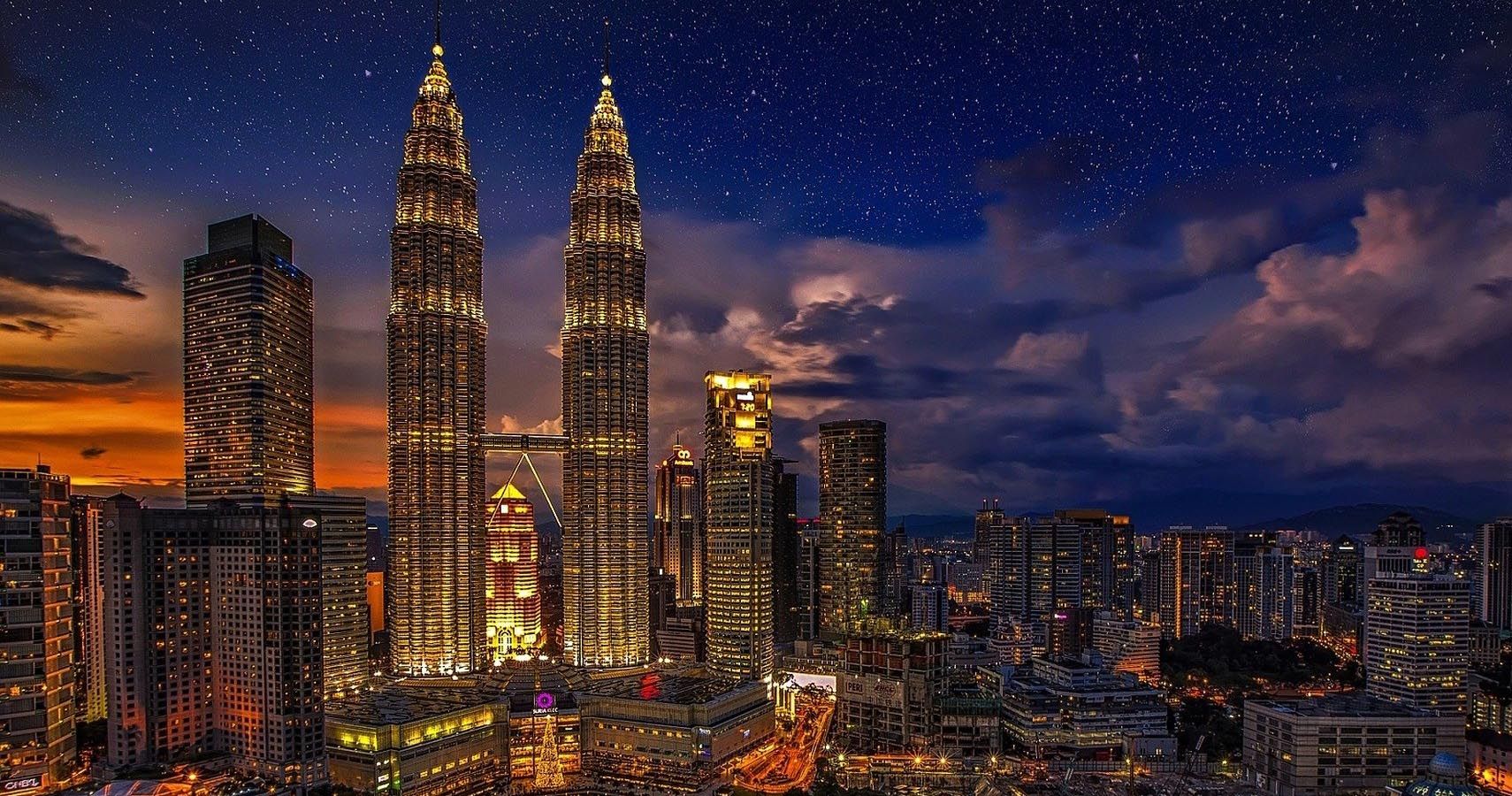Often overlooked when talking about pollution, light pollution is proving to be more than simply a waste of energy as a new study has shown that it can lead to a 13% increase in a mother's chances for preterm birth.
The term used to describe unnatural brightness in the night sky is Skyglow. It looks at the light emanating from sources such as streetlamps, outdoor neon signs, and other overwhelming forms of artificial light. This pollution hinders the visibility of the sky and stars, but can also lead to serious health issues particularly preterm birth in pregnant women. Aside from Skyglow, there are three other documented types of light pollution. They are glare (excessive brightness that can cause visual discomfort), clutter (bright, confusing, and excessive groupings of light such as those used in advertisements), and light trespass (when light is extended to an unneeded area such as an adjacent room).
Laura Argys, professor of economics at the University of Colorado Denver, who collaborated with scientists at Lehigh University and Lafayette College to produce this study, explained "We discovered that increased light pollution is linked to some pretty severe health challenges, In pregnant women, this includes a higher chance of delivering a baby with a reduced birth weight, a shortened gestational length, and an increase in preterm births.
Numbers reported by the Center for Disease Control and Prevention show that preterm babies who are born too early face higher rates of disability and fatality. Preterm birth and low birth weight in 2018 accounted for roughly 17% of infant fatality in the United States. The World Health Organization defines preterm birth as babies who have been born alive prior to the 37th week of pregnancy.
The reasoning might seem confusing as to how this visual pollution could affect things like preterm birth, but study co-author and Lehigh University Professor Muzhe Yang detailed in the press release that the biological clock within our bodies, also known as our circadian rhythm, is disrupted when faced with light pollution. This then leads to sleep disorders which can then, in turn, lead to childbirth complications, with the likelihood of preterm birth being one such complication. The possibility is raised by approximately 12.9% as a result of increased Skyglow.
The team is hopeful that these results could lead to a serious discussion regarding the effects that light pollution can have on individuals, both pregnant and otherwise. As an overlooked form of pollution, the way it has been shown to affect the liklihood of preterm birth feels like a red flag for a problem that has always been written off as a visual annoyance.
Sources: Eureka Alert, World Health Organization, National Geographic

